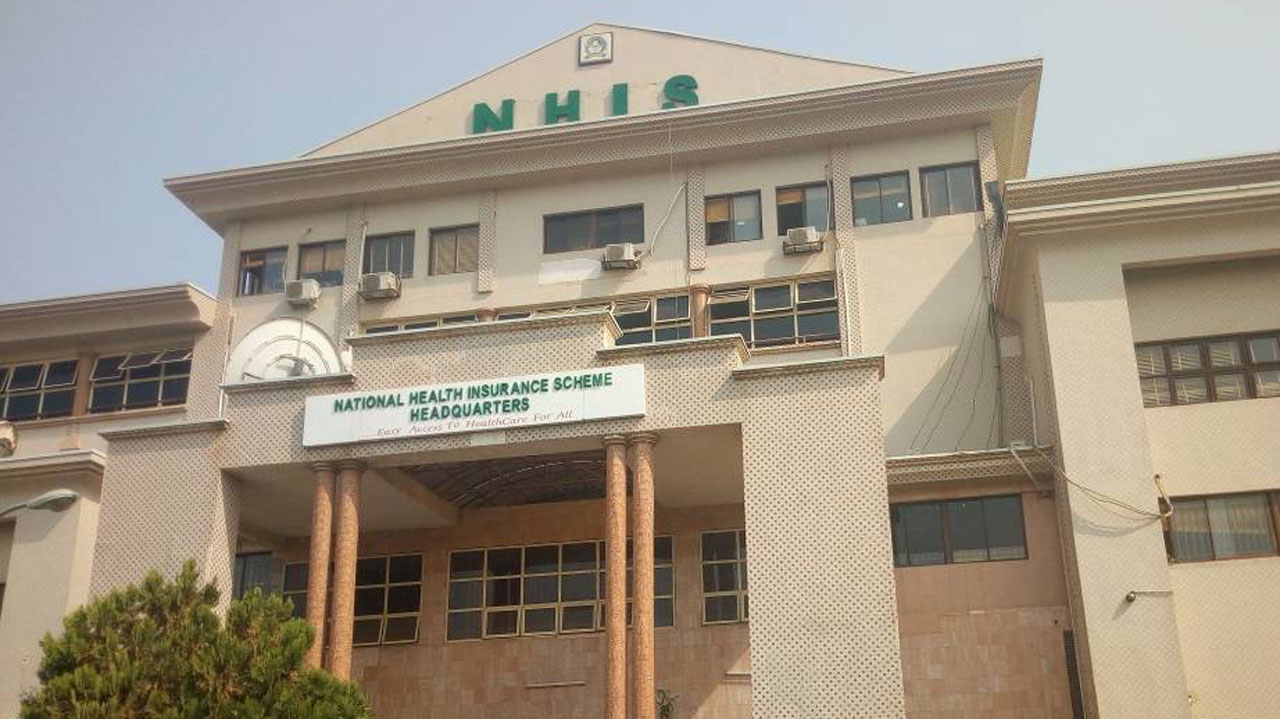From Nkechi Onyedika-Ugoeze, Abuja
The Medical Laboratory Science Council of Nigeria (MLSCN) and the National Malaria Elimination Programme (NMEP) have signed a Memorandum of Understanding (MoU) for the establishment of a training laboratory for malaria microscopy in Abuja.
To accelerate the process, NMEP donated 42 state-of-the-art teaching microscopes to the council under the Global Fund Grant Cycle 7 (GC-7). The laboratory will enable the MLSCN to serve as a national hub for training and certification in malaria diagnostics.
Speaking at the signing ceremony, the Registrar of MLSCN, Prof. Tosan Erhabor, said the MoU provides a framework to empower laboratory scientists with the skills needed for accurate malaria diagnosis in line with the national malaria surveillance and control efforts.
According to him, the MoU provides the framework for establishing a Training Laboratory for Malaria Microscopy at the MLSCN Public Health Laboratory in Abuja, using 42 state-of-the-art teaching microscopes provided by NMEP.
Under the agreement, NMEP will undertake national coordination, commit resources, and focus on malaria elimination, while MLSCN will contribute to regulatory oversight, technical expertise, and commit to maintaining high standards in laboratory diagnostics.
Erhabor said that the lab can host both National and External Competency Assessments for Malaria Microscopy (NCAMM) and localise what was previously a foreign-based process.
He noted that sending professionals to Kenya for WHO certification previously cost about ₦4–5 million per person. “Now, with local training, we can achieve the same outcomes for about ₦400,000 per participant. This will save significant foreign exchange,” he said.
He projected that if the training is conducted twice a year over the next five years, the country’s pool of certified microscopists would grow significantly, and it will address the current shortfall.
Erhabor explained that Nigeria has about 20 WHO-certified level-one microscopists, adding that the number is grossly inadequate for a population of over 200 million.He noted that national-level certification aligned with WHO standards would allow Nigeria to expand its capacity based on available resources.
He said, “WHO facilitators can now come to Nigeria with their materials and monitor the process. This localisation will not only cut costs but also broaden access and participation.”
The National Coordinator of NMEP, Nnenna Ogbulafor, said that malaria remains a leading cause of morbidity and mortality in Nigeria, particularly among children and pregnant women, adding that the initiative is a major milestone in the country’s malaria elimination effort.
She observed that improving diagnostic capacity is essential to ensuring timely and appropriate treatment.”
Ogbulafor highlighted the importance of accurate diagnosis in reversing Nigeria’s malaria burden, adding that the new centre will serve as a training platform for both public and private sector professionals, offering standardised protocols, quality assurance, and hands-on learning opportunities.
She said, “Improving diagnostic capacity is essential to ensuring timely and appropriate treatment. This will not only boost our diagnostic capacity but also enhance research and innovation in malaria control.”
Ogbulafor highlighted the urgent need to scale up training considering Nigeria’s large population and a malaria prevalence rate of 27 per cent, adding that the Abuja centre will serve the North Central zone and complement other centres of excellence in Lagos and other parts of the country,” she explained.
According to her, the training will not be free but will be subsidised to ensure accessibility. She stated that participants will also have the opportunity to undergo competency assessments that were previously available abroad.
Ogbulafor commended the Global Fund and other stakeholders for their support, stressing that partnership reflects collective resolve to ensure no Nigerian suffers from malaria due to poor or delayed diagnosis.






